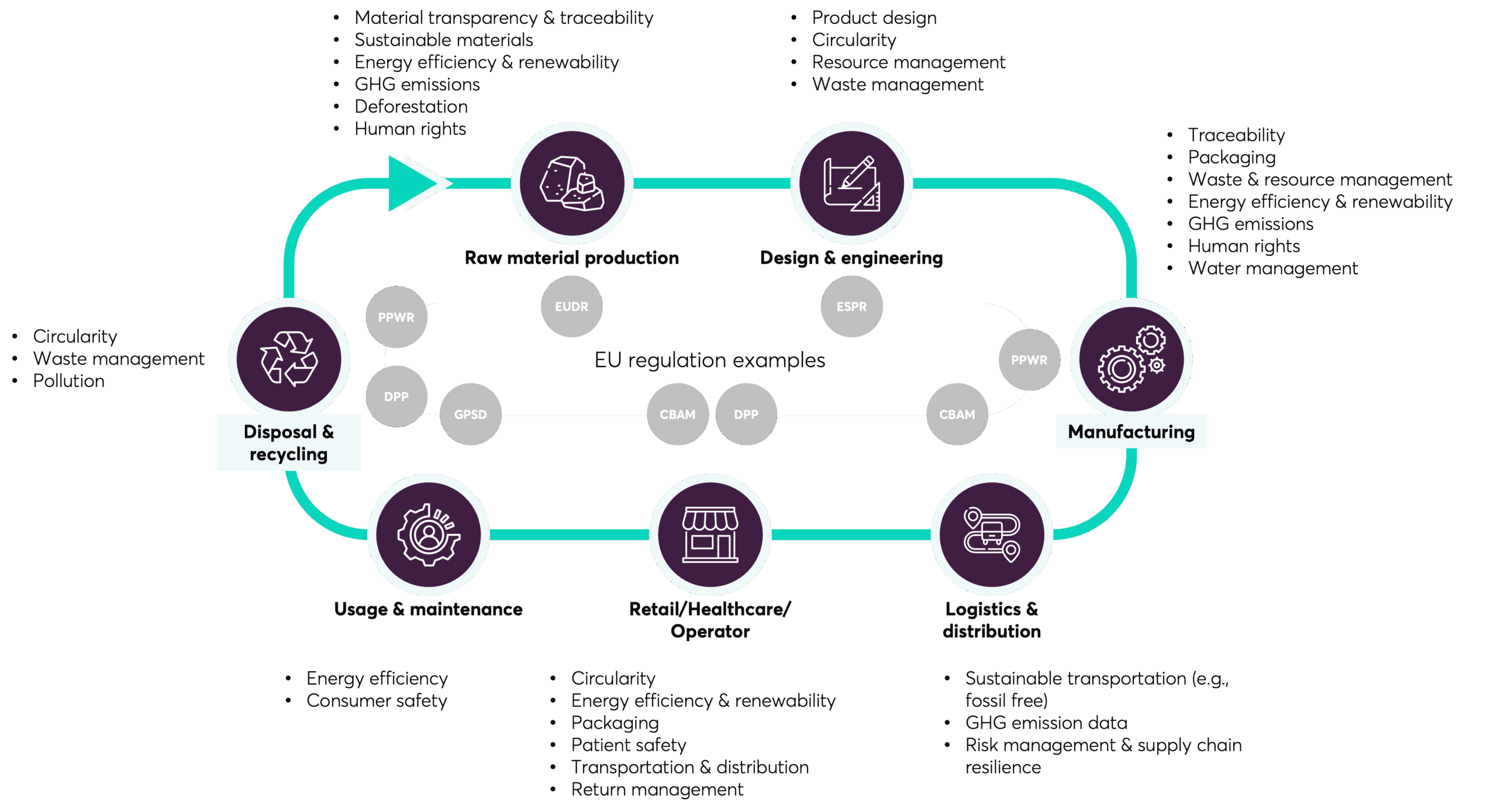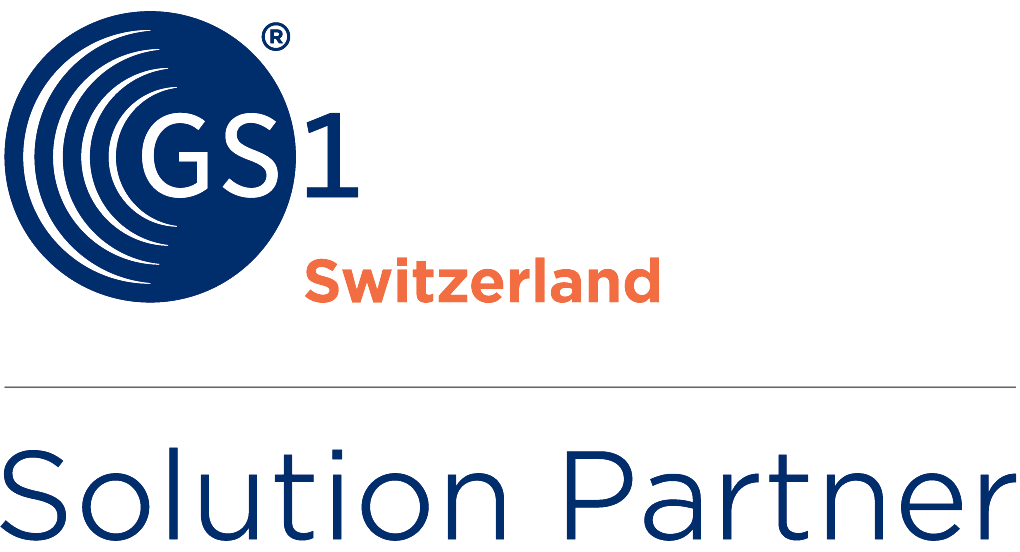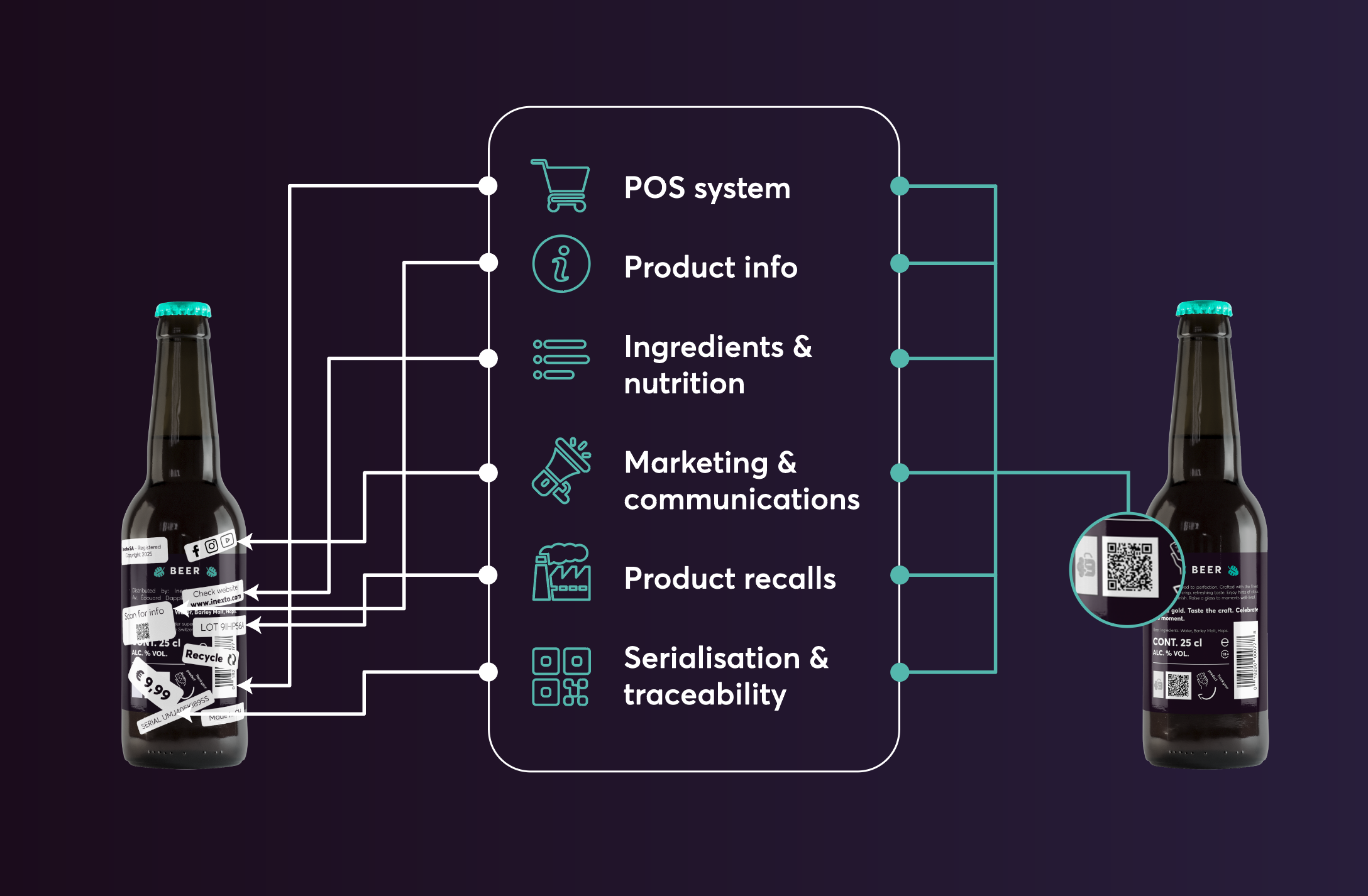The barcode you see at the supermarket today was designed for a different world – a linear economy, built on the “take-make-dispose” model. Its role has been simple: allow systems to look up basic data in a database, such as inventory levels or prices, or scan products at checkout. Nothing more.
But as the world shifts toward a circular economy – where products and materials are kept in use for as long as possible, then recovered and regenerated – more data will need to be collected and shared across consumers, businesses, and authorities.
New regulations, growing consumer expectations, and rising business demands all point in the same direction: the need for greater transparency, efficiency, accountability, and sustainability across the value chain. Consumers want more visibility of the products they consume, regulators require due diligence, and companies need to act responsibly.
So how can all these players connect and exchange information? Surprisingly, the answer lies in something familiar: the barcode.
 The circular economy with examples of data points and regulations
The circular economy with examples of data points and regulationsWhat’s new: GS1 2D barcodes
Unlike the traditional linear barcode, the GS1 2D barcodes – either the GS1 DataMatrix or QR codes with GS1 Digital Link – can hold far more data, enabling richer connections between products, businesses, consumers, and regulators.
The GS1 2D barcodes standard essentially transforms a barcode into a gateway. It connects GTINs and other identifiers to dynamic online information, extending product data well beyond what can be printed on packaging.
Why 2027 is a turning point
By 2027, GS1 2D barcodes will replace the 1D barcode across the global consumer packaged goods (CPG) industry. This milestone is closer than it seems—and it’s a game-changer.
A single 2D code can include:
- A URL linking to digital product information
- GS1 identifiers like GTIN (product), LGTIN (batch/lot), and SGTIN (serialized item)
By embedding a URL, the GS1 Digital Link connects physical products to dynamic online information—ranging from ingredient lists and sustainability details to recall notices, promotions, or recycling instructions. Even better, companies can update this linked content in real time without changing the printed code.
Retailers push the change
Soon, most supermarket products will carry a digital identifier – most often the GS1 Digital Link. These QR codes won’t be static – they’ll deliver tailored, real-time content based on language and location —thanks to smart URL redirection. Combined with batch or serialization numbers, they unlock the full potential of Digital ID technology.
While the shift to GS1 2D codes isn’t mandated by law, retailers are driving momentum. For brand owners, this means adoption could quickly move from optional to expected. Leading retailers such as Migros and Coop have already announced plans to transition fully to GS1 2D codes—making them pioneers in a change that other retailers are likely to follow.12
For retailers, the advantages are significant. GS1 2D barcodes enable:
- Smarter inventory management at a more granular level
- Real-time expiry alerts at checkout (e.g., cashiers notified when a product is past its date)
- Stronger consumer engagement by offering instant access to traceability data, such as product origin or sustainability information
Advantages and use cases
The transition to GS1 2D barcodes is already underway. Brand owners should act now to prepare for the most relevant use cases for their products and markets:
- Traceability & transparency: direct links to product data strengthen compliance, safety, and trust.
- Dynamic content: update information in real time without changing the barcode.
- Consumer engagement: a scan opens access to reviews, promotions, or sustainability details.
- Simplified packaging: one code replaces many, reducing clutter and complexity.
- Global interoperability: built on GS1 standards, ensuring interoperability and regulatory compliance (e.g., with the Digital Product Passport).
- Improved operations: from optimized inventory to streamlined recalls, benefits extend across the supply chain.
How Inexto Can Help
Transitioning to GS1 Digital Link isn’t just about new technology; it’s a strategic transformation.
This is where Inexto brings unique expertise in secured serialization, end-to-end traceability, and data management.

As a GS1 Switzerland Partner Solution, Inexto is recognized as a trusted partner that helps maximize the adoption and use of GS1 standards, enabling brands to navigate the transition and capture the full value of GS1 2D barcodes.
Product information is entering a new era.
Don’t wait until 2027 — reach out to Inexto to explore how GS1 2D barcodes can transform your business.
1. Migros Starts the Process of Switching From Barcode to GS1 QR Code System
Next-Generation Barcodes for a Sustainable Tomorrow (GS1 InterACT – 17 Oct 2024)
2. QR-Codes bei Coop, Migros & Co. – das kommt auf den Einzelhandel zuSources


